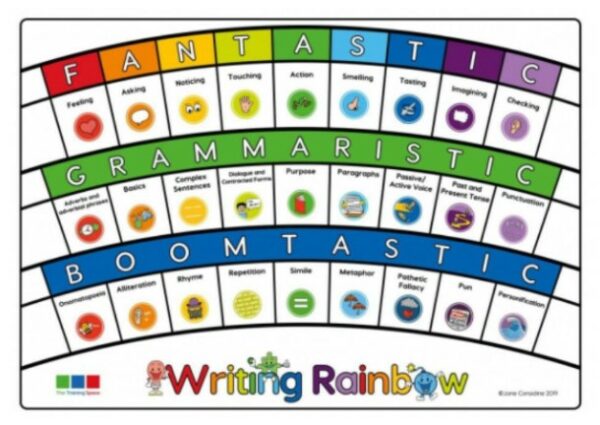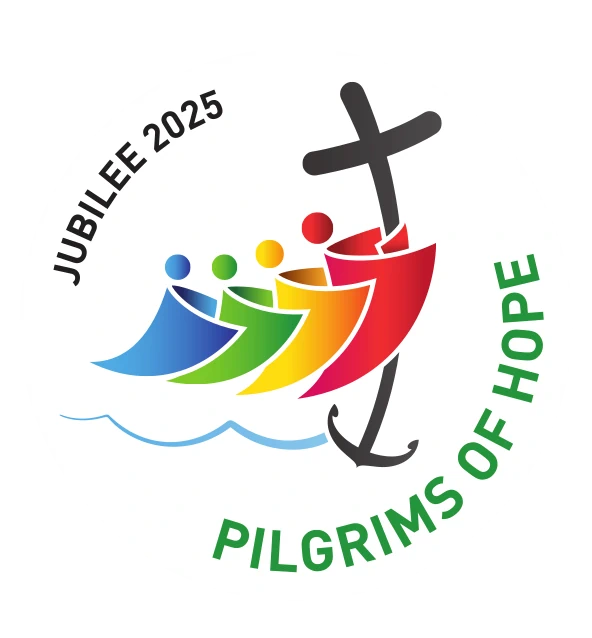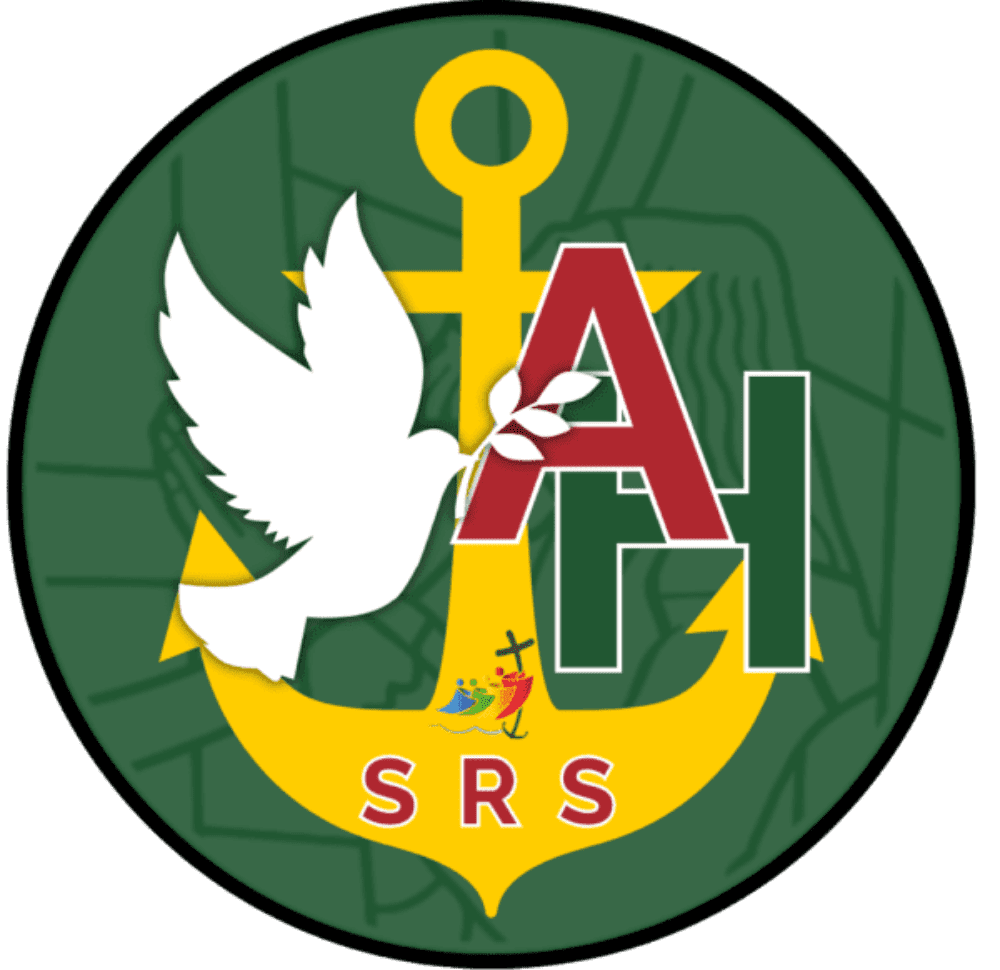Curriculum Support – Writing
“Write to be understood. Speak to be heard. Read to grow.”
Lawrence Clark Powell
At Christ the King Catholic Primary Academy, we believe Jane Considine’s ‘The Write Stuff’ approach brings clarity to the mechanics of the teaching of writing, encouraging the children to understand the ‘craft’ of writing. Using a method called ‘sentence stacking’, it focuses on teaching writing in a logical, procedural way. Sentence stacking refers to the collation of high-quality sentences from each lesson, building over a sequence of writing lessons to craft a whole text. Rooted in the Cognitive Load Theory, The Write Stuff approach ensures that knowledge and skills are developed in manageable chunks.
Through vocabulary-rich environments and explicit vocabulary work, teachers will show pupils how to understand the relationships between words, how to understand nuances in meaning, and how to develop their understanding of, and ability to use, figurative language.
The Writing Lesson
An individual lesson is based on a paragraph model, broken into three learning chunks. Each learning chunk follows the same pattern.
- Initiate – a stimulus is used to capture the children’s imagination and set up a sentence. Within this section, this part is teacher-led and the activities are set up to engage, motivate and inspire the children as the teacher ‘rinses out’ all the potential learning building banks of vocabulary/phrases. The core purpose of these sessions is to be language hoarders and vocabulary collectors before they see a model and understand the focus of the chunk. The teacher however must be clear about what key vocabulary they are trying to build and expose the children to during this section. Grammatical features and word class vocabulary will be explicitly used with and by the teacher and children embed grammatical knowledge within writing.
The initiate has a three-part structure:
- A stimulus (picture/you tube clip/ drama sketch).
- Word/language collecting led by the teacher (this ensures exposure to vocabulary of the highest quality and children are exposed to words outside of their vernacular).
- Paired chat and jot (CHOT). This is where children on a whiteboard or on their inspiration page/vocabulary vault record words they may wish to use later- lastly their is kind calling out teacher records examples which have been offered by the children.
- Model – the teacher closely models a sentence that outlines the clear writing features and techniques in that particular step for success. Focussing on one learning chunk- eg a sentence, strong dynamic teaching takes the lead. The teacher models the sentence through a Writing Rainbow lens and as the writes, they think out loud, drawing on the vocabulary rinsed out from the initiate stage, making the invisible writing process visible for the pupils.
- Enable – the children write their sentence following the model, being clear about the sentence idea/ success criteria for that learning chunk. The children use the chottings recorded on their ‘Thinking Side’ page to support their word choices.
The Zones of Writing
Each sentence can be seen through a lens. These lenses are categorized into Fantastics, (the ideas for writing), Grammaristics (the skills of writing) or the Boomtastics (the techniques of writing).

Units of Work
A unit of work focuses on a key text and the number of lessons is dependent on how many plot points (narrative) or jigsaw shapes (non-fiction). The plan includes the two elements the children experience; the teaching sequence and the independent sequence. Interspersed within the teaching sequence are experience sessions. These are an opportunity to give all children an experience around the key subject matter of writing. These experience sessions are lively and engaging and provide an opportunity to collect rich vocabulary in preparation for the next step of writing.
Through the teaching sequence, children are taught the specific skills needed in order to be a successful writer. There is a clear teaching sequence in place, writing is carefully modelled and children scaffolded to create chunks of writing. The independent stage follows the teaching sequence and the children embark on a planned independent writing sequence. This allows the child to demonstrate the skills they have learnt.
Writing lessons are interspersed with ‘experience sessions’, which are highly engaging lessons, ensuring all children are given an experience to enable them to write about the subject matter, ensuring children from all backgrounds are given equal opportunities. These sessions are used to collect and discuss rich vocabulary ready to be built into following writing sessions.



